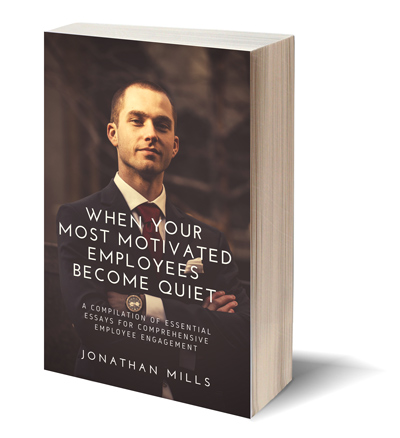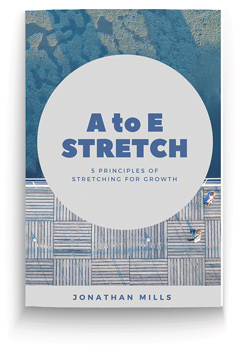During times of consulting with local and district municipalities in the southern part of Africa, I have been surprised as to how frequently municipal managers and other senior officials have mentioned their desire for a more strategic human resources (H R) department. They noted the administrative functionality of their respective H R departments, but lamented the seeming inability of these same departments to consult with the organisation holistically, saying: “You see, the executive directors are very good at devising strategies, prioritising projects, implementing plans and ensuring that the services to the city are well managed, but when it comes to ‘shaping the culture’ and engaging employees, we need human resources to guide us with strategic initiatives of that nature and it just doesn’t happen”. The same is probably true of many companies as well.
According to a Deloitte 2015 Human Capital Trends report, for the first time ever, ’employee engagement’ and ‘culture development’ are topping ‘leadership development’ as the most important challenges facing organisations globally. This is sharply contrasted by the perceived capability of organisations to build a high-engagement culture – 78% of organisations viewed culture and engagement as their most important challenges, but only 47% believed that they were ready to meet these challenges. This wide gap between importance and readiness highlights the growing need for organisations to view engagement as a strategic imperative and to plan and implement engagement initiatives effectively.
Free To Grow, an organisation which specialises in consulting and enabling in the employee engagement space, notes that human resources has a vital role to play in:
- Placing engagement on the board room table and making sure that it remains there
- Ensuring that human resources policies and practises that positively impact engagement are put firmly in place
- Equipping and supporting the organisation’s leaders with the mind-set and skill-set to drive engagement
Free To Grow further notes: “Engagement presents the human resources department with an opportunity to re-establish the profession at the heart of the business and organisational success, rather than being viewed as a cost centre or administrative function”.
To transport an H R Department to higher levels of thinking and more strategic behaviour, human resources leadership should be focusing on the following initiatives:
- All regular H R meetings should have time allocated to discuss one or more of the following items: mission, vision, values, company ‘big picture’ information, business issues and departmental challenges
- Building an ’employee engagement’ leadership brand – this brand should outline the expected leadership behaviours for all leadership levels within the organisation
- Moving from a transactional to a transformational engagement strategy with business – becoming true consultants to every department in the business
- Communication enhancement – enabling business to communicate important messages across silos
- Establishing human resource management practices that enhance engagement throughout the employee life-cycle
- Revising reward and recognition processes to feed into higher levels of engagement
- Ensuring that learning and development policies and practices are aligned to business objectives
The human resources department has a strategic role to play in employee engagement. Human resources leadership should be working ‘hand in glove’ with the executive team to grow the business and assist the company in reaching its objectives. As employee engagement and culture development are perceived as the most important challenges facing business today, human resources should be taking the lead in this regard.










